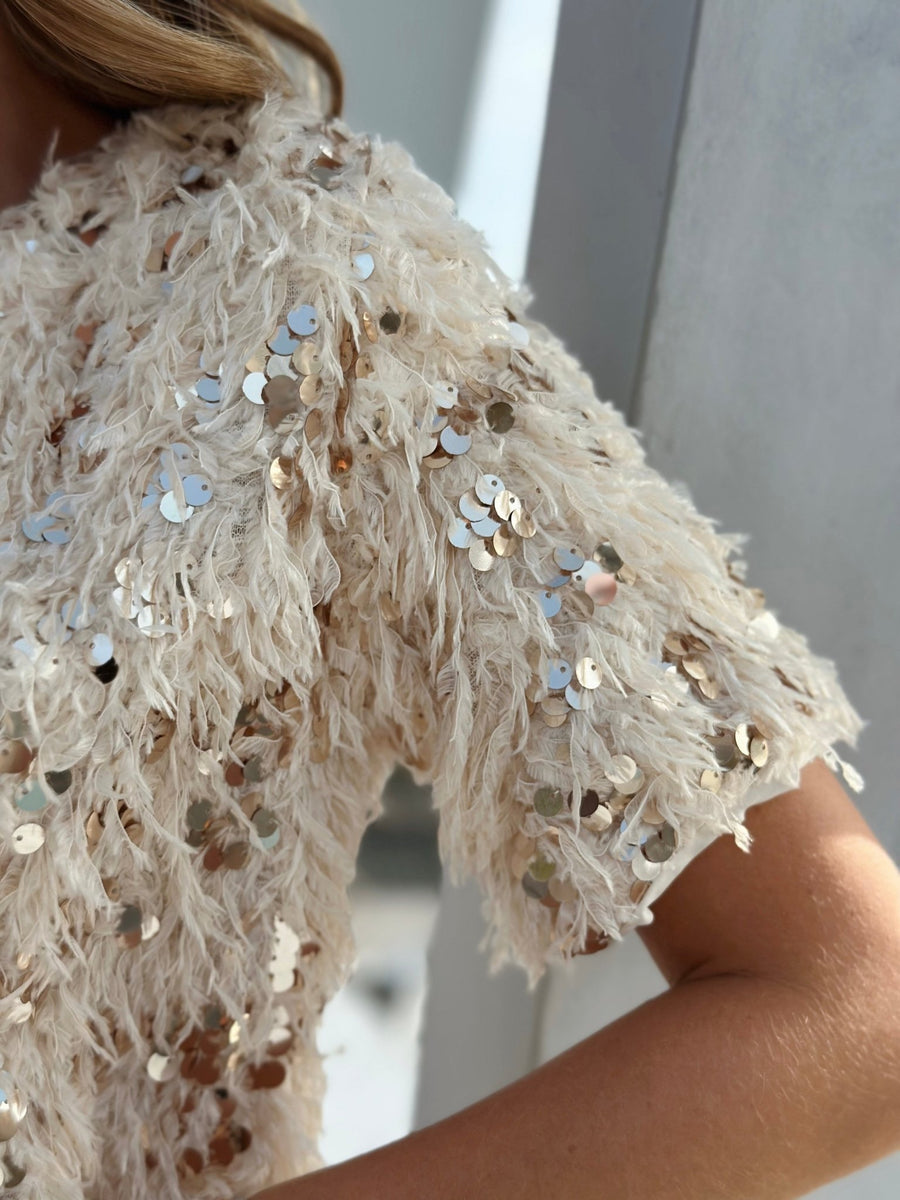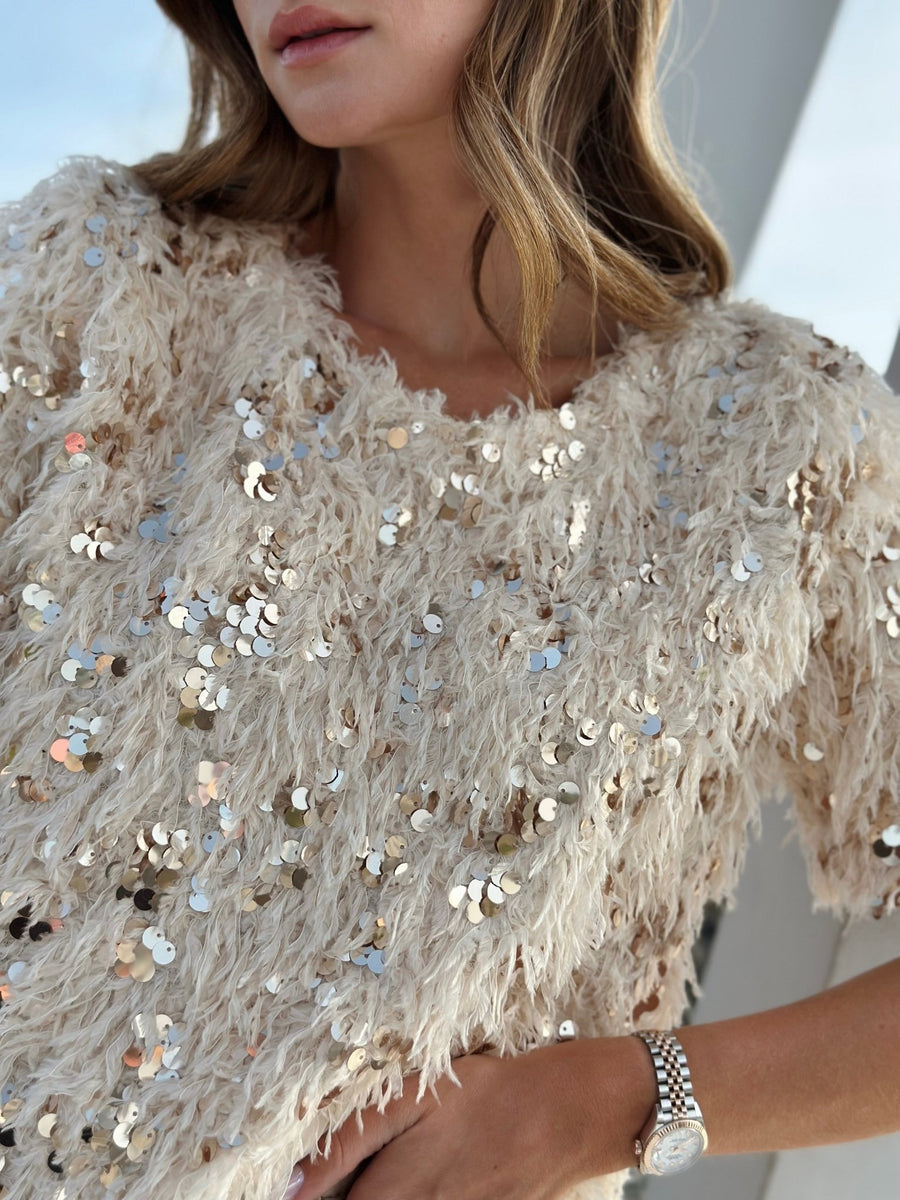Winter clothing like coats and sweaters often represent a significant investment. A nice coat can cost several hundred euros, so it's best to take proper care of it. The same goes for pretty cashmere sweaters and other delicate materials, which, if well cared for, can last for years.
Between grandmother's tips and common sense rules, here are our tips for maintaining and extending the life of your fall-winter clothes.
1 - Know how to wash them without damaging them
A basic rule that is often forgotten is to look at the labels of our clothes, quite simply! To avoid going to the dry cleaners and dry cleaning every week, remember to check the care instructions.
While some items may require professional cleaning, most of your clothes can be cleaned at home with a few precautions.
Washing:
Hand wash or machine wash? If your clothing label doesn't specify one or the other, it's up to you. If you're machine washing, use the delicate or hand wash cycle with a cold wash to prevent the fibers in your clothes from boiling.
If you prefer hand washing, which is much gentler and reduces the risk of accidents, simply run cold water and use a mild soap.
Be careful with the spin stage On the other hand. Whether by hand or machine, avoid spinning as much as possible on materials such as mohair, wool, alpaca, or cashmere. Also be careful with acrylic and nylon, which can sometimes be very fragile depending on the garment.
Which detergent should I choose? There are detergents specifically designed for the care of delicate fabrics, as we tend to forget, but conventional detergents can be too harsh on delicate items. The same goes for fabric softener; choose a natural version designed for the material or color of the garment you're washing.
A little tip to combat bad odors: Add a little vinegar to your washing machine drum and you'll see that they'll smell good of laundry when they come out.
Drying:
Once your machine's cycle is complete, quickly spread your stitches as they tend to absorb humidity odors, It is forbidden to leave them in the drum for hours. When it comes to drying, we ban tumble dryers. and we arm ourselves with patience. We advise you to wring them out well by pressing them between 2 clean, dry towels, without damaging them. We avoid shaking them so that they do not lose their original shape, then we dry them flat on a towel. Once dry, we take care to restore it to its original shape and check that it has not been deformed during washing.
Ironing:
Some fabrics wrinkle more than others. For a flawless look, skip the iron, which risks burning delicate fibers and ruining the garment. Instead, opt for a steamer which will relax the fibers of your clothes using only water vapor.
2 - Maintain the materials
Investing in beautiful materials and pieces requires regular maintenance. To give your winter clothes a second life, here are three essential steps:
We shave the pills
Knitwear, like delicate materials, tends to age and deteriorate over time, and then pilling which tarnish their beauty. To remedy this, you can get a shaved lint for a few dozen euros. Apply this anti-pilling product to your entire sweater, which you will have laid flat on a clean surface. You will "shave" off all the excess without damaging the texture of your sweater. In just a few minutes, your favorite cardigan will have regained all its beauty!
We hunt for small defects
A beautiful wool coat will also tend to catch all sorts of hair, dust and pilling. At the start of each season, in the middle of winter and before storing your coat, remember to equip yourself with some sort of small comb with very fine teeth. Run this comb over the entire coat, including hidden areas such as the armpit seam, collar, and lapels. This will help you eliminate small imperfections that have accumulated over the days. give your jackets a new lease of life.
We maintain the buttons
What's more unsightly than a coat or jacket that's missing buttons? After a busy season, sometimes buttons no longer stay on properly. So before waiting to lose them, grab some thread and a needle and go over the button several times to strengthen it and prevent it from falling off. By paying attention to all these little details, you can keep your clothes looking great and always look your best!
3 - Learn how to store them properly
We tend to forget, but fall clothes, like winter clothes, are often heavy and cover up because they're made from rich materials. To store them in your closet, there are two options:
- Fold them and store them in your cupboards;
- Hang them in your closet.
However you store them, there are a few rules to follow to keep the quality of your clothes intact.
How to fold your clothes properly
Before storing your winter clothes, especially your sweaters, wait until they are completely dry because they tend to absorb moisture, which could damage the material. You can choose: fold or roll them, But in any case, avoid stacking them to prevent the mesh from bunching up and looking less attractive. For more storage and organization tips to be ready in 5 minutes flat in the morning, go to our dedicated article.
Little tip for a natural “good smell”: If you are sensitive to odors and want your sweaters to always smell good, you can perfume your wardrobe or cupboards with small pieces of Marseille soap cut into squares and placed on your shelves. Marseille soap, in addition to delicately perfuming, is a great anti-moth ally. No more holes in sweaters that you never know the origin of, hello freshness and a clean smell!
To keep your dressing room tidy and smelling fresh, remember to air it regularly and clean it thoroughly after each change of season.
Hang them correctly
Every self-respecting fashionista dreams of a Carrie Bradshaw-esque wardrobe where she can see all her clothes hanging in her enormous walk-in closet. But while hanging your clothes is cool and allows you to see your entire wardrobe at a glance, there are a few things to keep in mind.
The quality of the hangers is essential to keep your clothes looking good and prevent them from losing their shape over time. Because yes, a very thin steel hanger like the ones provided by your dry cleaners is NO WAY! Your winter clothes are heavy and often long, so all their weight will rest on your shoulders. A hanger that is too thin will break the original shape and damage the material of your garment. Instead, invest in thicker hanger, ideally made of wood, if not plastic, but always wider at the shoulders to recreate the shape of a head carriage. The weight will be ideally distributed and you will find them as good as new when you wear them. Moreover, this advice is valid for all your clothes, even summer ones, you will see, you will thank us!
Another tip to keep your winter knits and coats in shape and looking as good as new: redo the buttons and do up the zippers. This will also prevent the closure from rusting or losing their shape.
For the pieces you wear the least: your evening dresses or your partner's suits, you can place them in covers that look like storage bags. So they will be protected from dust and light and will remain intact. To make them easier to find in your closet, you can even label them if necessary and find what you are looking for in the blink of an eye.
Conclusion
So, you now know everything about how to care for your winter clothes! It's not rocket science to keep a beautiful cardigan looking its best for years to come; all you need is a few tips and a little patience. And you, what are your secrets for a great wardrobe, even in autumn?
































